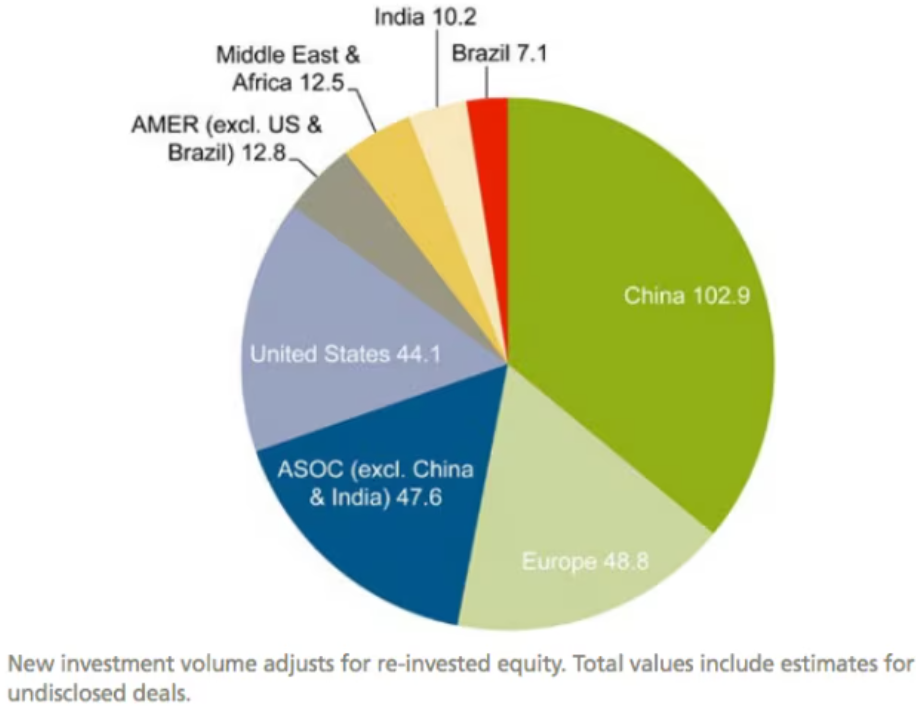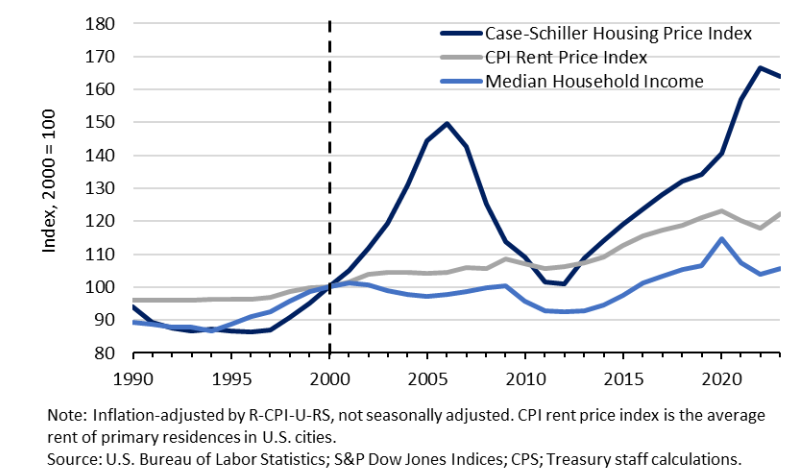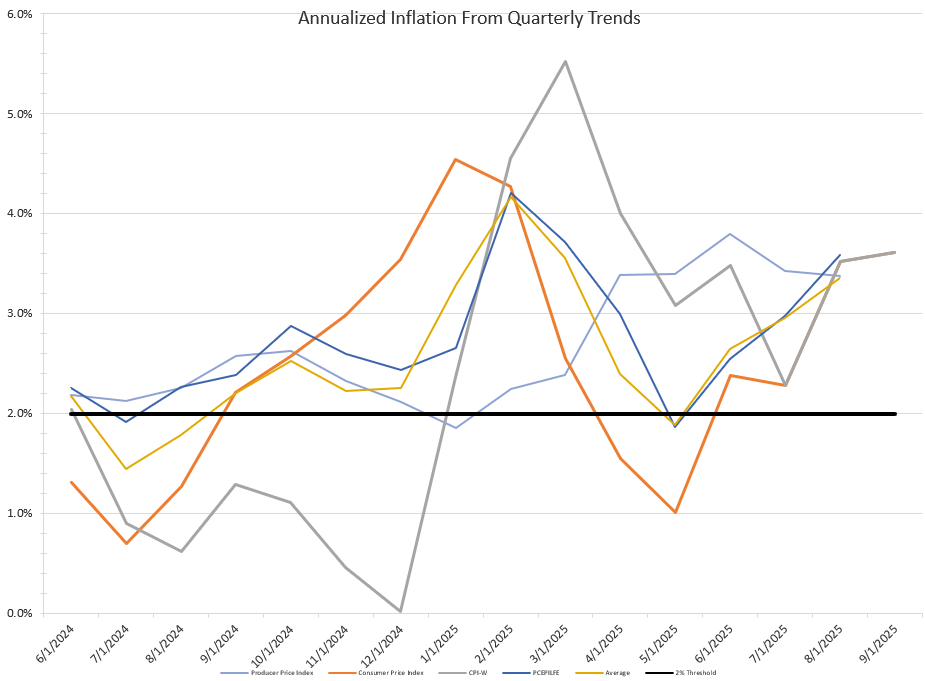Colin Read • October 1, 2022
A New Age of Risk - October 2 2022

A New Age of Risk - October 2 2022
The terrible damage of Hurricane Ian is certainly an ominous sign of what we can expect in the future. Unfortunately, such climate carnage should hardly be a surprise.
Scientists have developed scenarios for sea level rise as a consequence of global warming. The range of sea level rise by 2100 is from one to seven feet, according to National Oceanic and Atmospheric Administration (NOAA) scientists. These estimate have been trending upward not so much because our global carbon dioxide and methane emissions have been rising, though they have, but because we are discovering more positive feedback loops and tipping points that worsen the outlook.
We also see the tendency toward more intense hurricanes. The primary driver is a spectacular increase in ocean temperatures. The last four decades have revealed a significant shift from smaller hurricanes to major cyclones. Not only are hurricanes significantly more powerful, but they are also retaining and releasing 10-15% more moisture. By far the worst damage from hurricanes are not these more powerful winds, but the flooding and storm surges that follow the onset of the winds.
The diagram of the day shows that all years lately yield abnormally severe hurricanes. This sequential and increasing intensity has never been observed before. We also year temperature, drought, and rainfall records broken year after year around the world.
Higher sea levels of course makes storm surges worse because the margin between high tide and natural or human-made barriers is narrowed and hence more easily breached. A study following Hurricane Katrina that wiped out New Orleans found that since 1900 higher sea levels have worsened flood elevations by 15-60%, while studies after Hurricane Sandy a few years later showed a three time increase in flood risk. NOAA estimates a four-time increase in flood risk in the future.
Shifts in the atmosphere and the jet stream are also causing hurricanes to move over warm water more slowly, which allows them to accumulate greater power and water, and result in greater rainfall and high winds on coastal areas as the hurricanes tend to stall more frequently.
Finally, warming of traditionally cooler waters in the mid-latitudes are permitting hurricanes to maintain their strength for longer and penetrate farther from the tropics. Canada recently experienced its most powerful hurricane in modern history, while Hurricane Ian struck the west coast of Florida as a major Category 4 storm, crossed the entire state at hurricane and then tropical storm strength, and emerged off the east coast of Florida. Once it again encountered warm waters, it rebuilt to hurricane strength before it once again hit the U.S. east coast in South Carolina. Hurricane Fiona this year and Sandy a decade ago are wreaking historic levels of damage in areas that rarely see hurricanes, including inland areas.
Meanwhile, coastal populations in the United States continue to grow, and people locate and even rebuild in hurricane-prone areas. Many are subsidized to do so through emergency FEMA aid or flood insurance that does not fully anticipate the cost of future storms. Already ten insurance companies operating in Florida have become insolvent. Yet, as a matter of public policy, we have not addressed these issues.
The world of finance and insurance understand risk. Such risk management models look at years and sometimes centuries of experience to ensure adequate reserves for future calamities, both in insurance and finance markets.
However, there is a difference between risk and uncertainty. Cornell Professor Frank Knight in 1921 described risk as the downside damage we have observed and for which we can then predict and offset in the future. More problematic, though, is uncertainty, which are the risks (perhaps upside, but more troublingly downside) that we don’t know about and for which past experience gives us no guidance. For this reason, climate risk is much less of a problem than climate uncertainty.
Scientists help us convert uncertainty to risk. If we trust their models, we can use estimates of future damage to guide us in setting reserves today. However, since these estimates are always somewhat speculative, and also highly politicized, few organizations are willing to face even unbiased median estimates of future risk exposure.
Instead, we rely on past history and experiences to guide our decision-making even when we know the future will likely be very different. Not only will enterprises be faced with the direct costs of climate change on their organizations, but will also be vulnerable to the indirect costs as our entire economy transitions and rejigs to a very different future.
It is these uncertainties we often reflect upon when economic shifts hit the fan. Our political and business leaders then claim “who could have known this could happen,” despite the numerous thoughtful scientists who told them precisely what they might expect. These transitional risks to an economy shifting entire patterns of investment toward new areas to battle these uncertainties are by their very nature forward rather than backward looking, and often more qualitative than quantitative.
I see often the unwillingness of our leaders to look forward rather than extrapolating from data in the past. Our unwillingness to view Russia in a new and dangerous light following its invasion of Ukraine, our anemic response to global warming, the inadequacy of our emergency planning and flood insurance reform, and our failure to recognize that a world forced to pay far more attention to looming environmental, social, and governance (ESG) issues demonstrate that, while we are very good at managing risk, we are pretty pathetic at managing uncertainties.









